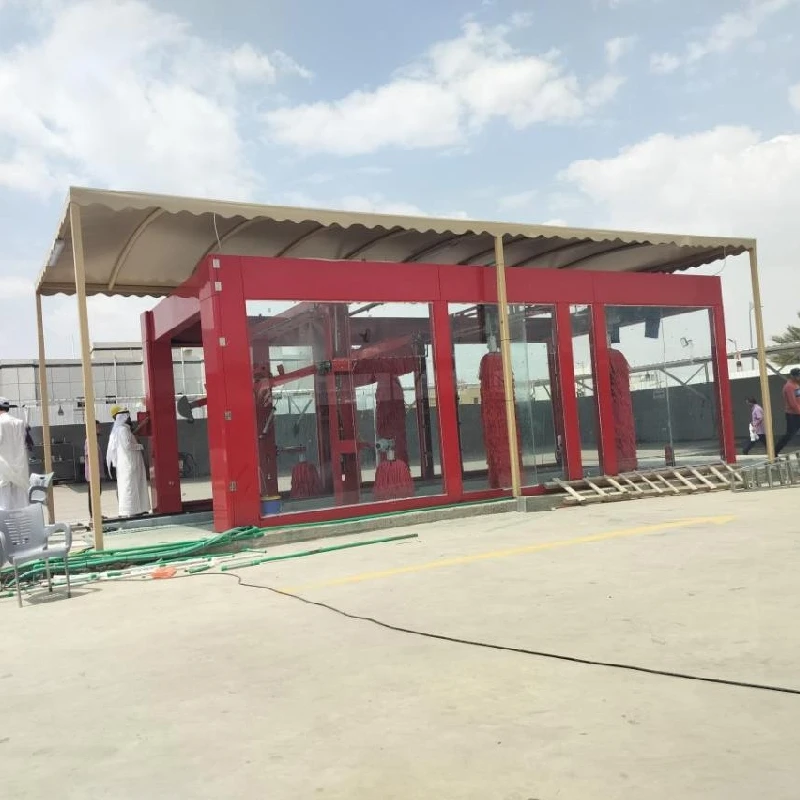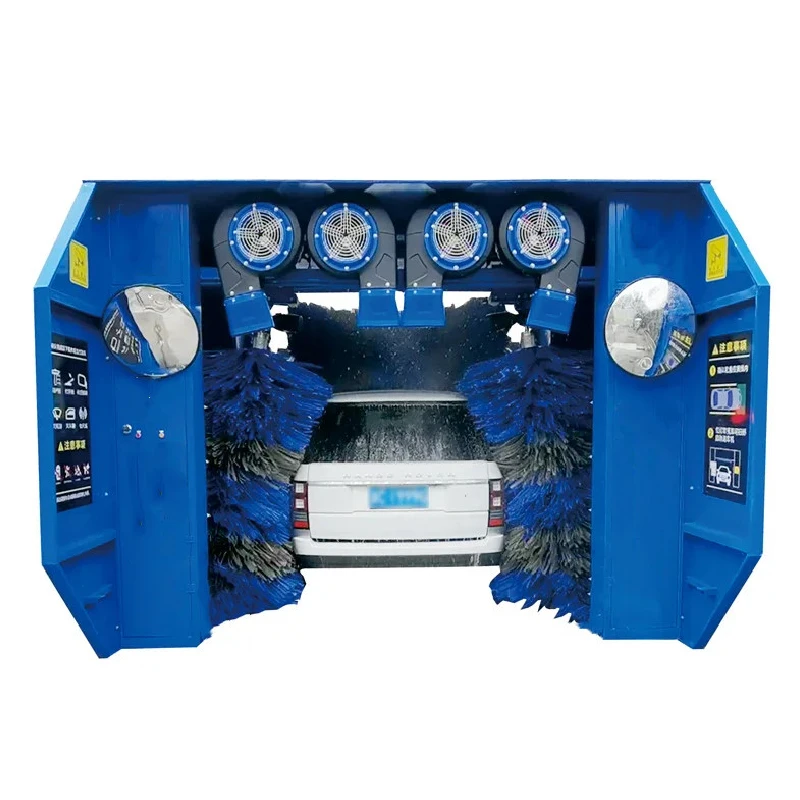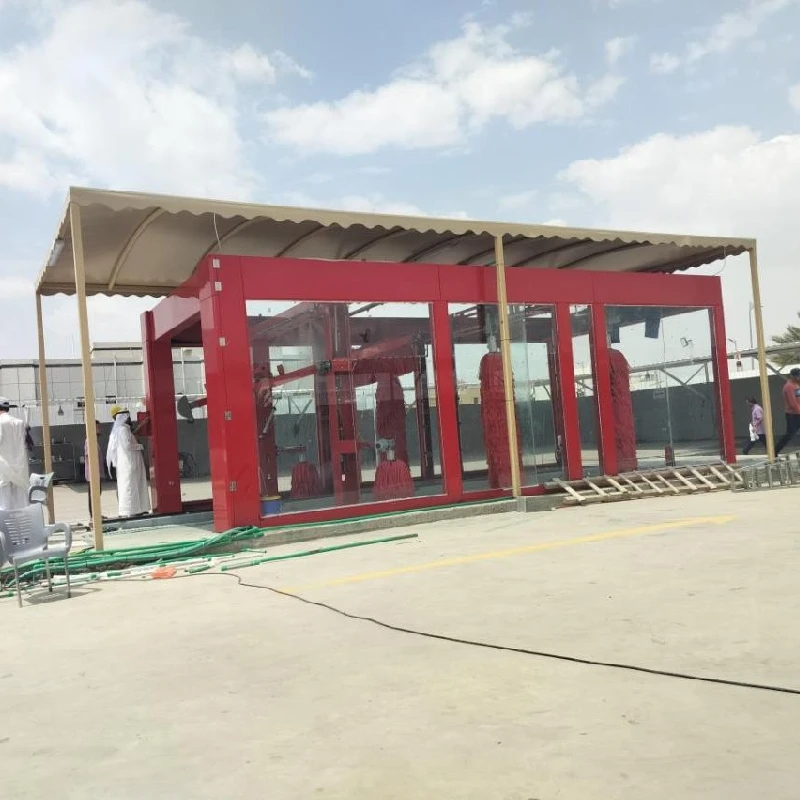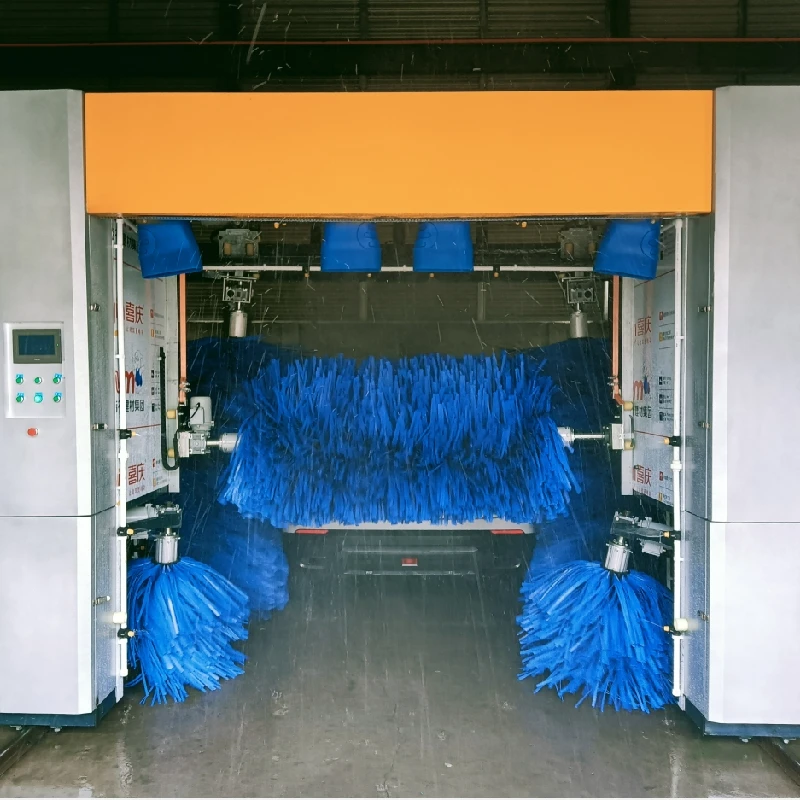Car Wash Tunnel Design That Maximizes Throughput & ROI?
What Modern Car Wash Tunnel Design Really Looks Like on the Ground
If you’ve ever wondered how a busy site cleans 70 cars an hour without chaos, well, it comes down to smart car wash tunnel design, disciplined maintenance, and—this is underrated—operator training. I’ve toured more tunnels than I care to admit, and the mix of engineering and showmanship is oddly satisfying.

Industry snapshot
Trends are clear: higher throughput, lower water and kWh per car, and more telemetry. EV-safe chemistries, gentler brush profiles, and reclaim systems targeting ≈70–85% water reuse are now table stakes. Operators want IoT dashboards that flag bearing temps, foam tank levels, and VFD faults before downtime happens. And yes, lighting and sound still sell the experience—surprisingly effective upsell engines.
Inside the build: materials, methods, tests
Take the DY-QC-9 Tunnel car washing machine from Xingtai, Hebei (27Retail Sales, East Of Fuxin Road, Qiaoxi Area). The frame and panels use national standard galvanized profiles and plates, CNC-cut, welded, formed, then hot-dip galvanized. Final finish is powder-sprayed, high-temperature melted paint—tougher than old-school liquid coats.
- Coating thickness: ≈60–90 μm; adhesion tested to cross-hatch standard; salt-spray endurance typically 720–1,000 h (ASTM B117).
- Hardware: IP65-rated photoelectric sensors; VFD-driven motors for conveyors/brushes; PLC-based interlocks.
- Service life: structures 10–15 years with periodic re-seal; wear parts (brush cores, bearings) 12–36 months, real-world use may vary.
- Testing: run-in cycles >1000 before shipment; insulation tests to IEC 60529 ingress benchmarks on sensor housings.
Process flow (how a vehicle moves through)
- Entry & prep: photo eyes size the vehicle; conveyor pinch (≈12–18 m/min) engages tires; presoak arches meter chemistry.
- Friction/touchless modules: foam brushes (PE or closed-cell foam) or high-pressure manifolds (up to ≈80–100 bar) depending on package.
- Rinse & protect: RO/spot-free final rinse, then wax/ceramic sealant. Air dryers (centrifugal fans) minimize drip-back.
- Water management: reclaim system with cyclonic filtration + oil-water separation; fresh/RO make-up as needed.
Product specs (DY-QC-9)
| Throughput | ≈60–90 cars/hour (site setup dependent) |
| Tunnel length | 18–36 m modules, customizable |
| Power | ≈25–45 kW installed; VFD-optimized |
| Water per car | ≈90–140 L; with reclaim, fresh draw can drop by 60–80% |
| Controls | Industrial PLC, HMI; remote diagnostics |
| Certs (typ.) | ISO 9001 (factory), CE; components to IEC/NEMA where applicable |
Vendor comparison (indicative)
| Vendor | Frame/Finish | Throughput | Warranty | Price (≈) |
|---|---|---|---|---|
| DY-QC-9 | Galvanized + powder, CNC fabricated | 60–90 cph | 1–2 yrs core; parts support ongoing | Mid-range |
| Brand A (EU/US) | Stainless mix, powder + e-coat | 70–110 cph | 2–3 yrs | Higher |
| Brand B (budget) | Painted steel; thinner coating | 40–70 cph | 6–12 months | Lower |
Applications, customization, and the human factor
C-stores chase speed; dealerships want gentle paint care; fleets care about cost per wash. The DY-QC-9 can be tailored—extra mitters, foam cannons, license-plate recognition, POS integrations, LED arches (yes, the light show helps). Many customers say the quieter fans and softer foam reduce complaints.
Two quick cases: a coastal site swapped in a DY-QC-9 with upgraded galvanization; maintenance tickets fell ≈22% over six months. A land-locked dealership added reclaim and cut fresh water use per car from ≈130 L to ≈55 L, with no drop in CSI. To be honest, smart chemistry tuning mattered as much as hardware.
Compliance, tests, and what to ask
- Confirm factory quality system (ISO 9001) and CE conformity documents.
- Ask for salt-spray and coating thickness reports; request motor/VFD specs and IP ratings (IEC 60529).
- Target electricity ≤1.2–1.8 kWh/car and fresh water ≤50–80 L/car with reclaim—site dependent.
If you’re planning a new build, map traffic flow first; then fit the equipment. The best car wash tunnel design is the one that survives Monday rushes and Saturday storms with equal grace.
References
- ASTM B117 – Standard Practice for Operating Salt Spray (Fog) Apparatus.
- ISO 9001 – Quality management systems — Requirements.
- IEC 60529 – Degrees of protection provided by enclosures (IP Code).
- International Carwash Association, Water Usage Benchmarks and Best Practices.
- EU Machinery Directive 2006/42/EC – CE conformity framework.
-
Car Wash Equipment – Durable, Efficient, Pro-Grade SystemsNewsNov.10,2025
-
automatic car washing machine price list: Fast ROI, Low CostNewsNov.10,2025
-
Car Wash Tunnel Design for High Throughput, ROI & UptimeNewsNov.10,2025
-
Car Wash Tunnel Design | High Throughput & Low MaintenanceNewsNov.10,2025
-
Automatic Car Washing Machine Price List - Fast ROINewsNov.10,2025
-
Car Wash Tunnel Design: High Throughput, Custom & DurableNewsOct.27,2025




